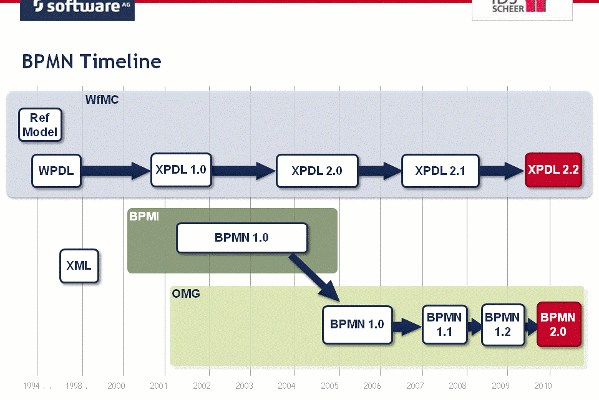How does enterprise architecture enable Agile? How can companies ensure their projects are on-strategy? Should Agile teams have a resident enterprise architect? After sharing the discussion on the evolution and perceived value of enterprise architecture and the ability for EA to align Business and Technology, let’s explore what our thought leaders, President of JV Strategic Solutions John Varricchio, KPMG Enterprise Architecture Leader Roland Woldt, and MEGA’s own Chief Strategy Officer Dan Hebda, discussed around how enterprise architecture can fuel business agility during a webinar entitled, “Modernizing the Role of Enterprise Architecture in the Age of Digital Disruption.” Read more here: …
Enterprise Architecture enables Agile teams to go faster






